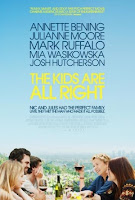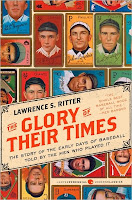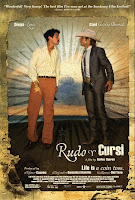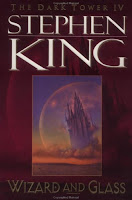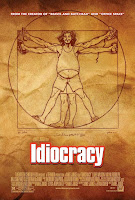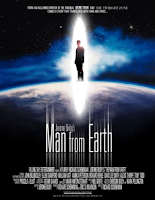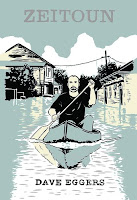Cover – Leonardo DiCaprio – “Hanging with Leo”
The cover article about Leonardo DiCaprio, by Brian Hyatt, was well put together without necessarily breaking any new ground as journalism. Hyatt manages to outline the daily life of the actor – far from typical or routine – without gushing about his celebrity status. The piece also includes a little background information about DiCaprio’s career, as well as discussing what keeps him relevant in the film industry (mainly, being Martin Scorsese’s new golden boy).
Considering the great pieces they’ve put out so far, I was very disappointed in this issue’s “National Affairs” article. Tim Dickinson’s coverage of the Obama administration’s failure to pass an effective climate control bill felt very forced and hollow, lacking any meaningful detail. It almost read like a piece that had been written earlier, with a few names and dates filled in to fit the occasion.
This is especially evident compared to Jeff Goodell’s article “The Poisoning,” which is much better journalism. Goodell’s article explains how BP, in the wake of the Deepwater Horizon disaster, chose the cheapest method of breaking up the oil – chemical dispersants. This choice was made regardless of the fact that the dispersants do not actually clean up the oil, but merely break it into separate chemicals which are just as dangerous to the ocean’s ecosystems as the oil itself. The article reveals that although the oil may be disappearing from view, the effects of the oil will be long-term and devastating.
Other articles (this was an especially feature-rich issue, for some reason) included a nice piece on M.I.A.’s career and a background piece on the personal histories of the “people” on MTV’s “Jersey Shore.” (I put “people” in quotations because it was surprising to see how many of them are college educated – one with a degree in business marketing – which makes me suspicious about how much of their personalities are really personas.)
The Reviews section was short and weak, with the new Arcade Fire album “The Suburbs” getting one of the best reviews while Bret Michaels’s “Custom Built” got one of the worst.

